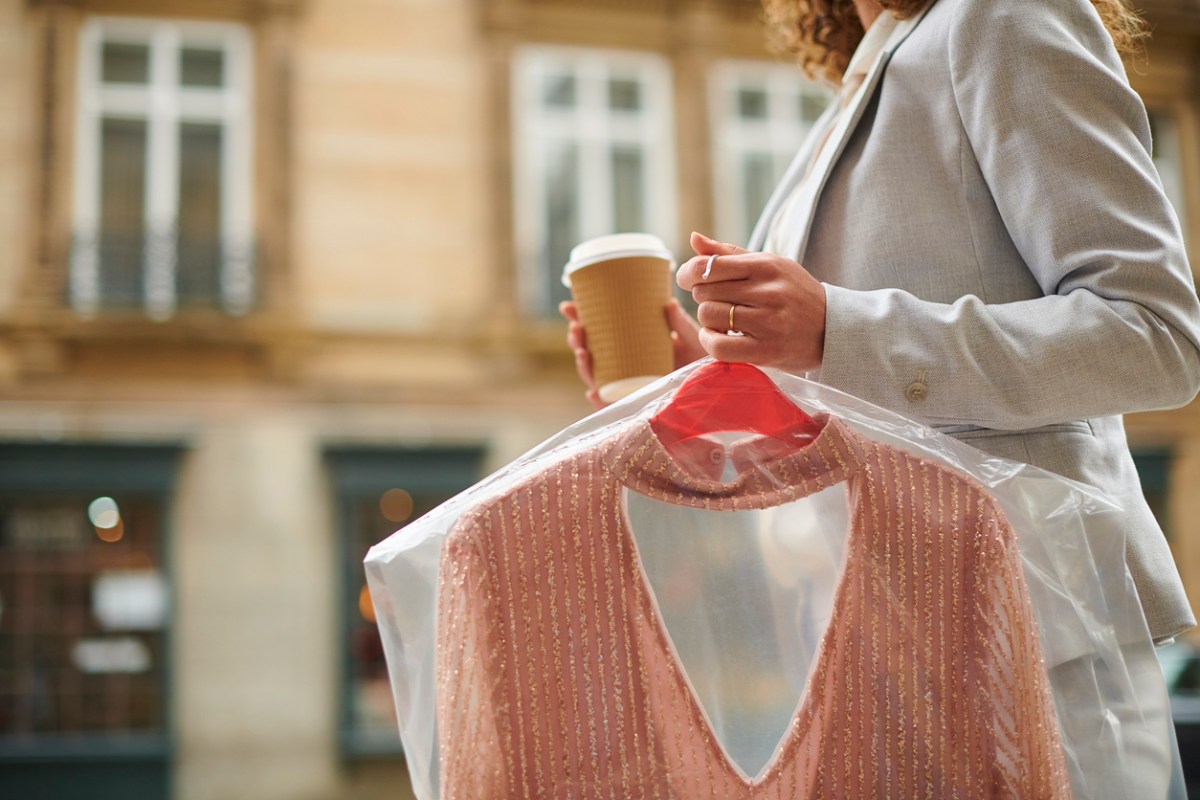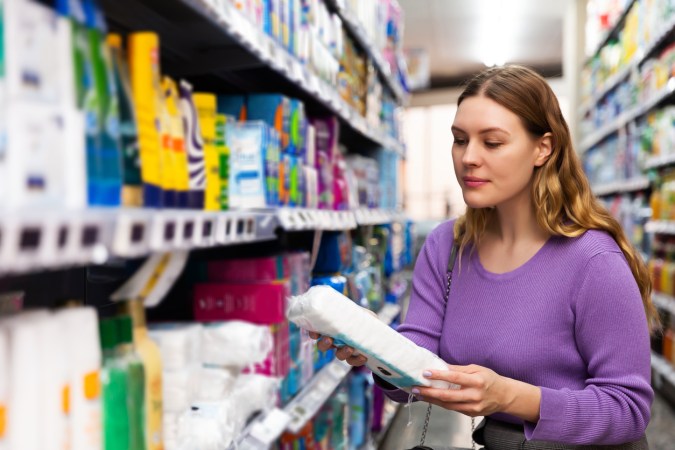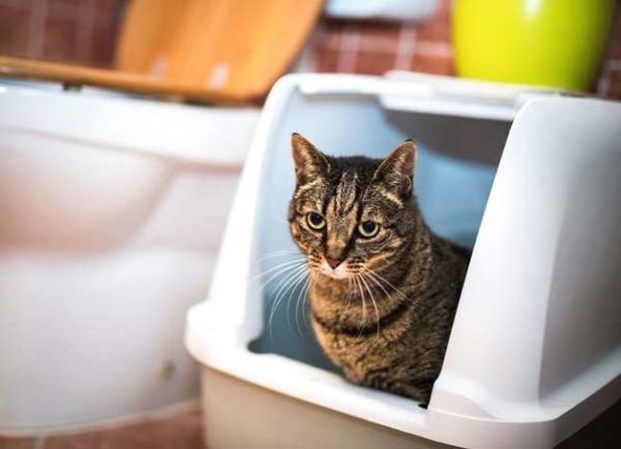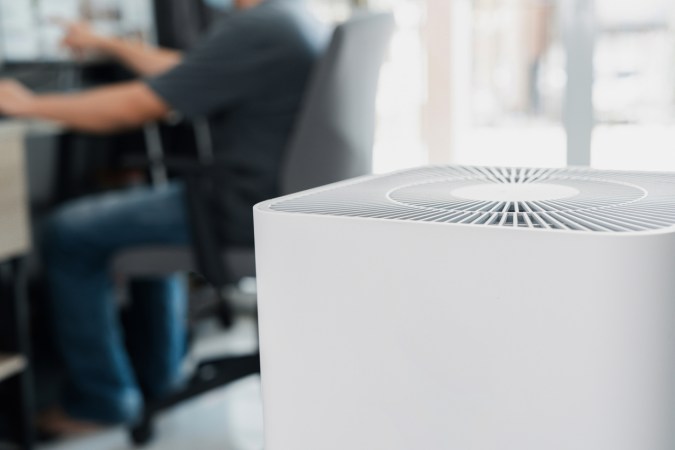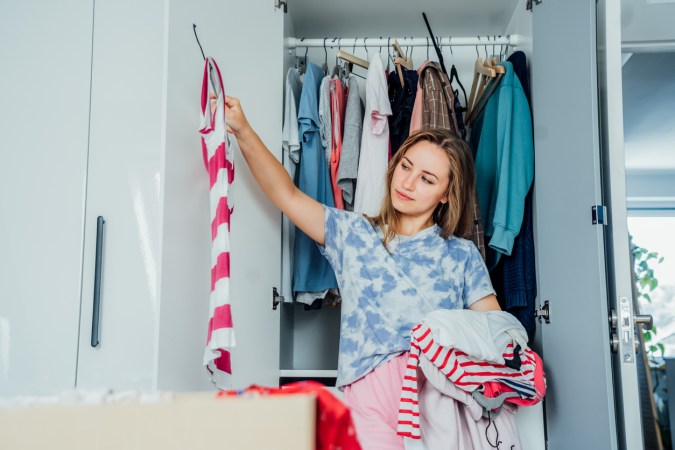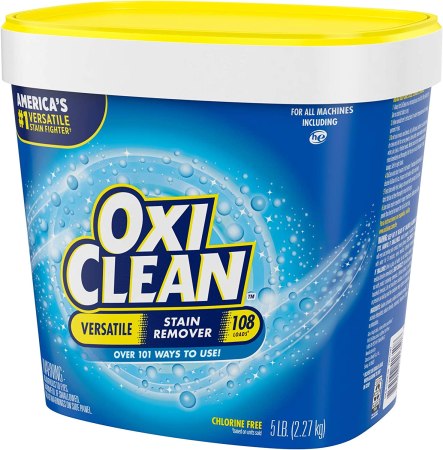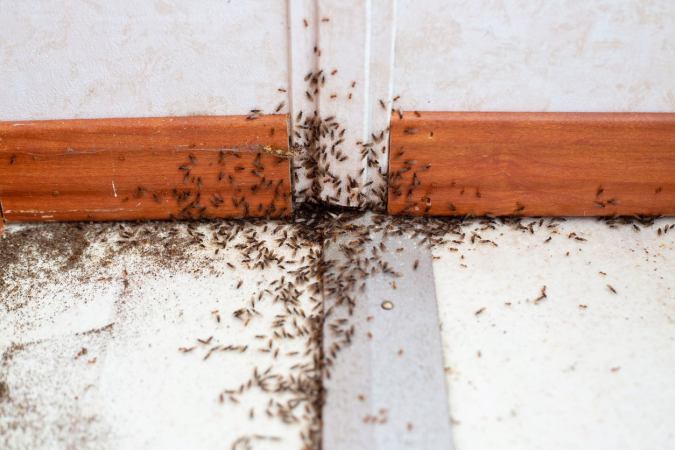We may earn revenue from the products available on this page and participate in affiliate programs. Learn More ›
Many conveniences that make everyday tasks and chores quick and easy—eating utensils and cleaning solutions, to name a few—are harboring hidden dangers that could be bad for our health. In fact, research shows that levels of several pollutants are often two to five times higher indoors than outdoors.
Everyday items like cleaning supplies, insecticides, cooking appliances, synthetic building materials, clothing, and more, can introduce harmful chemicals. In fact, new emphasis has been placed on better understanding and control of so-called forever chemicals (also called PFAS) common in consumer packaging and products since the 1940s. From the concentrated cleaning products we rely on for hygiene to the beautifully designed floors we walk on, many materials contain potentially harmful chemicals. Here are some examples and how to lower their levels in your home.
1. Formaldehyde on Furniture

A new piece of furniture can really pull a room together, but it might bear traces of formaldehyde if it includes plywood, particleboard, or urea-formaldehyde (UF) glues. Though a low amount of exposure to formaldehyde won’t hurt most people, the compound can cause irritation in the eyes, nose, or throat. Long-term exposure to high levels has been linked to nose and throat cancers.
Solution: To reduce the risk of bringing formaldehyde into your home, opt for furniture and materials labeled as formaldehyde-free or certified by the California Air Resources Board.
RELATED: The 12 Best Places to Buy Sustainable Furniture
2. 2-butoxyethanol in All-Purpose Cleaning Supplies
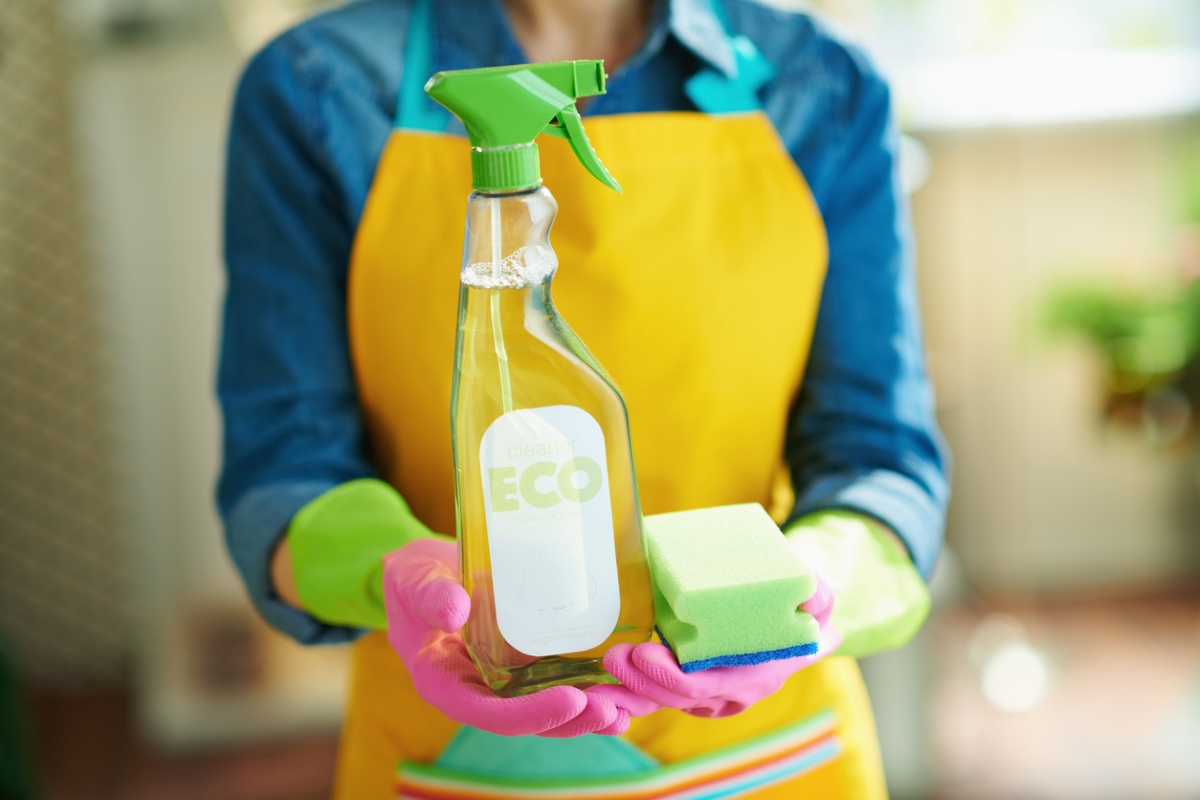
If you’ve ever used a household cleaner to wipe off countertops, clean the bathrooms, or mop the floors, then you’ve probably been exposed to 2-butoxyethanol, which is a colorless liquid solvent. Many all-purpose cleaning products contain this chemical, which has been known to cause irritation in the nose and vomiting with prolonged exposure. According to the Agency for Toxic Substances and Disease Registry, it is currently unknown whether 2-butoxyethanol affects fertility or causes birth defects.
Solution: You can reduce the amount of 2-butoxyethanol in your home by opting for eco-friendly and nontoxic cleaning products. Read the product’s ingredient list carefully to ensure it’s free of 2-butoxyethanol; you can also look for these eco-labels to identify greener cleaning products.
RELATED: Buyer’s Guide: The Best Natural Cleaning Products
3. Pesticides on Shoes
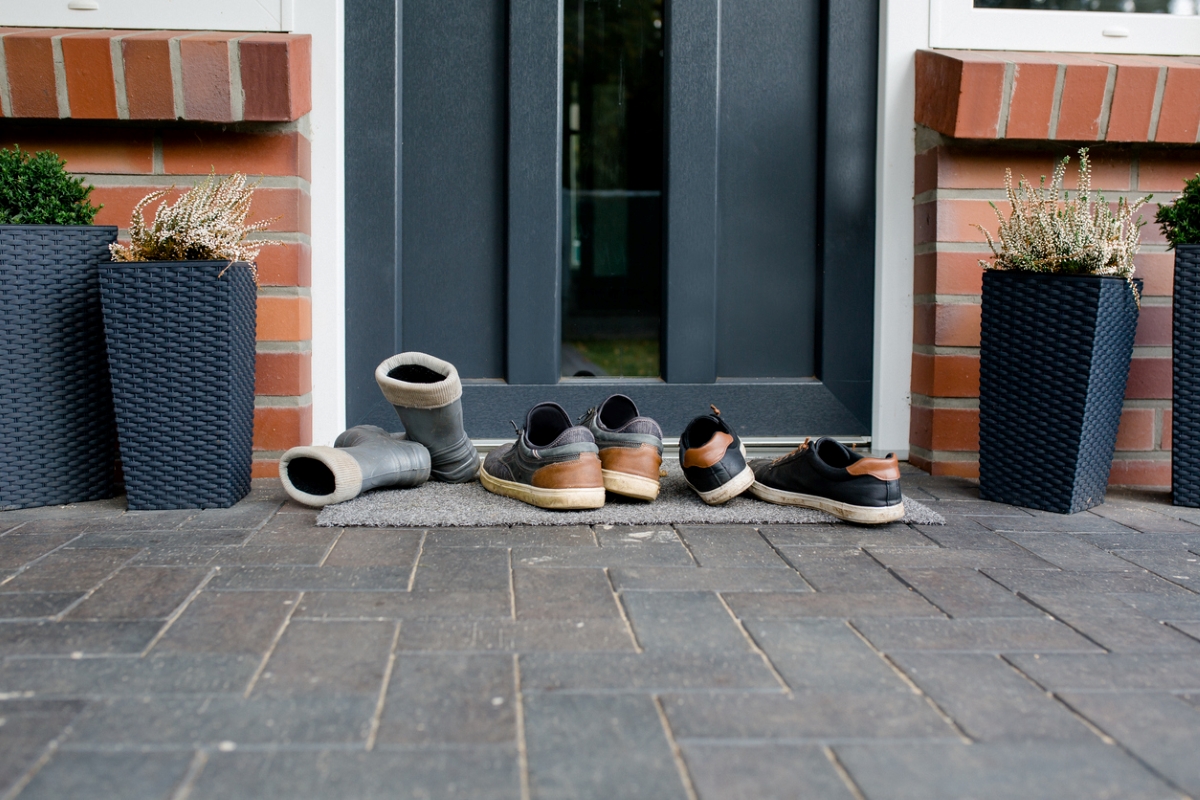
You might roll your eyes at the idea of a shoe-free household, but here’s yet another good reason to kick off your shoes at the door: It’s highly likely that you’re tracking pesticides into your home on your shoes, even if you don’t use pesticides on your own lawn. Pesticide poisoning can cause headaches, muscle twitching, and difficulty breathing.
Solution: To avoid bringing pesticide-packed shoes into your home, be sure you or guests remove shoes when entering your home. Invest in a dedicated pair of heavy-duty gardening shoes to wear when working outside where pesticides are common and remove them before entering your home, trading them for comfy indoor slippers.
4. Benzene in Powdered Cleanser
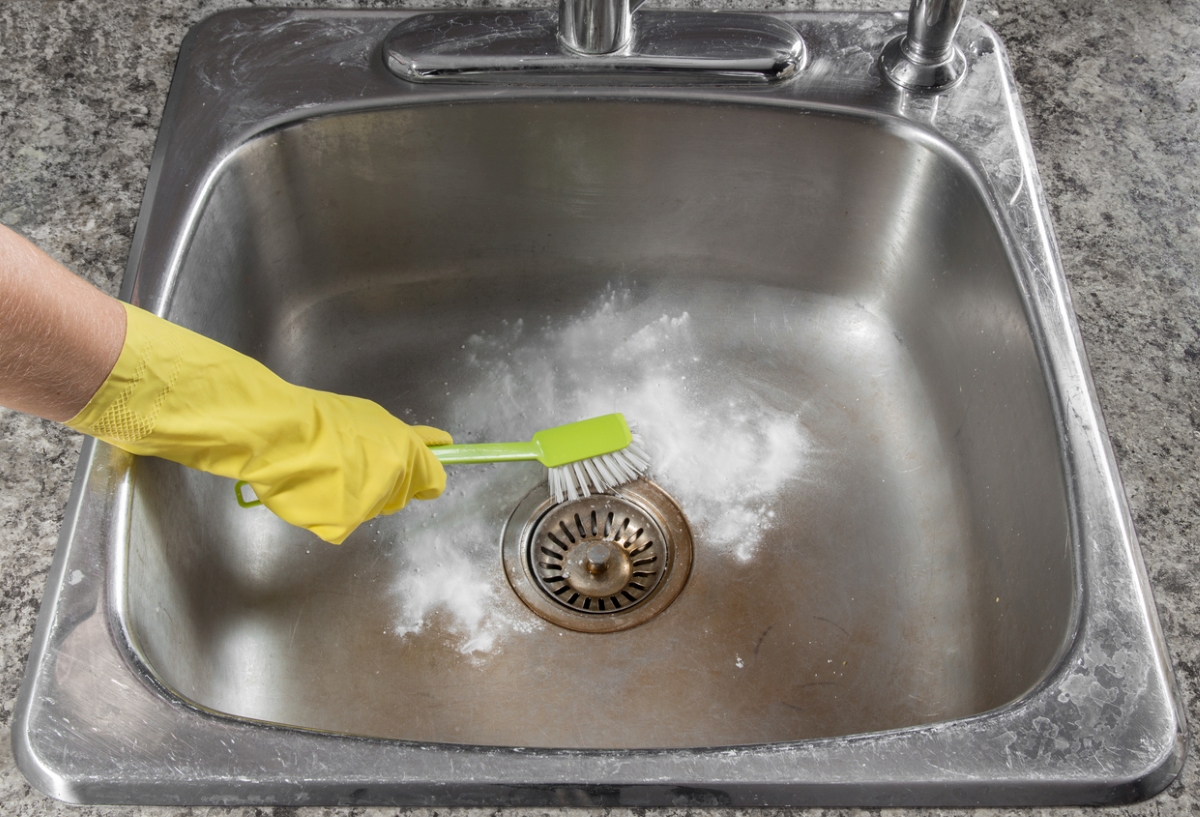
Powdered cleansers are great for heavy-duty cleaning of sinks, showers, and other surfaces subject to soap scum buildup. Many of these cleansers contain benzene, however, which with long-term exposure has been linked to harmful effects on bone marrow and a decrease in red blood cell counts. In the short term, it can produce unpleasant side effects such as confusion, tremors, and irregular heartbeat.
Solution: Be sure to read product labels carefully and opt for greener alternative cleaning products that are benzene-free.
5. Toxic Phthalates in Vinyl Flooring
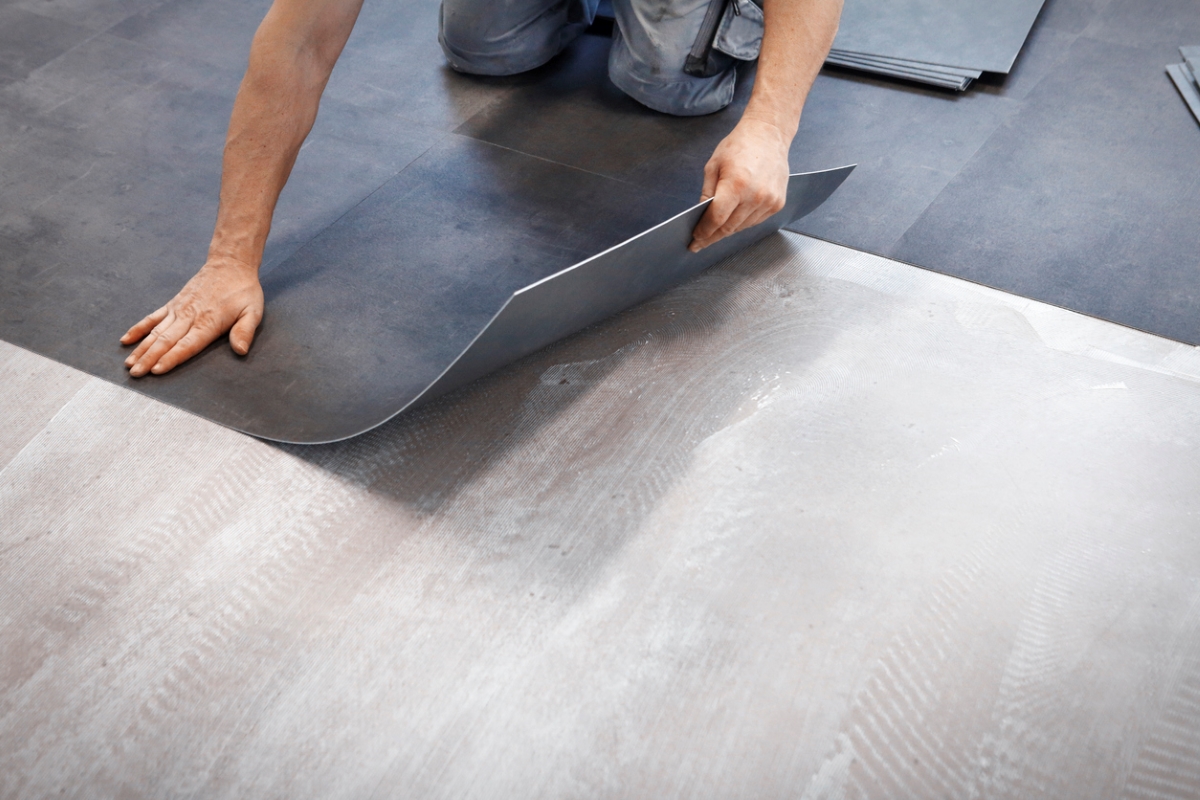
Vinyl flooring is an inexpensive alternative to hardwood or stone, and the manufacturing has become so sophisticated that vinyl can look almost identical to much pricier materials. Unfortunately, vinyl flooring can also contain phthalates, some of which are known carcinogens or endocrine disruptors, and can be particularly harmful to male reproductive organs.
Solution: Look for phthalate-free flooring options when building or buying a home. Healthier flooring options include bio-based linoleum, real hardwood, natural rubber, and U.S.-made ceramic tile.
RELATED: The Pros and Cons of Vinyl Flooring
6. Volatile Organic Compounds in Dry-Cleaned Clothing
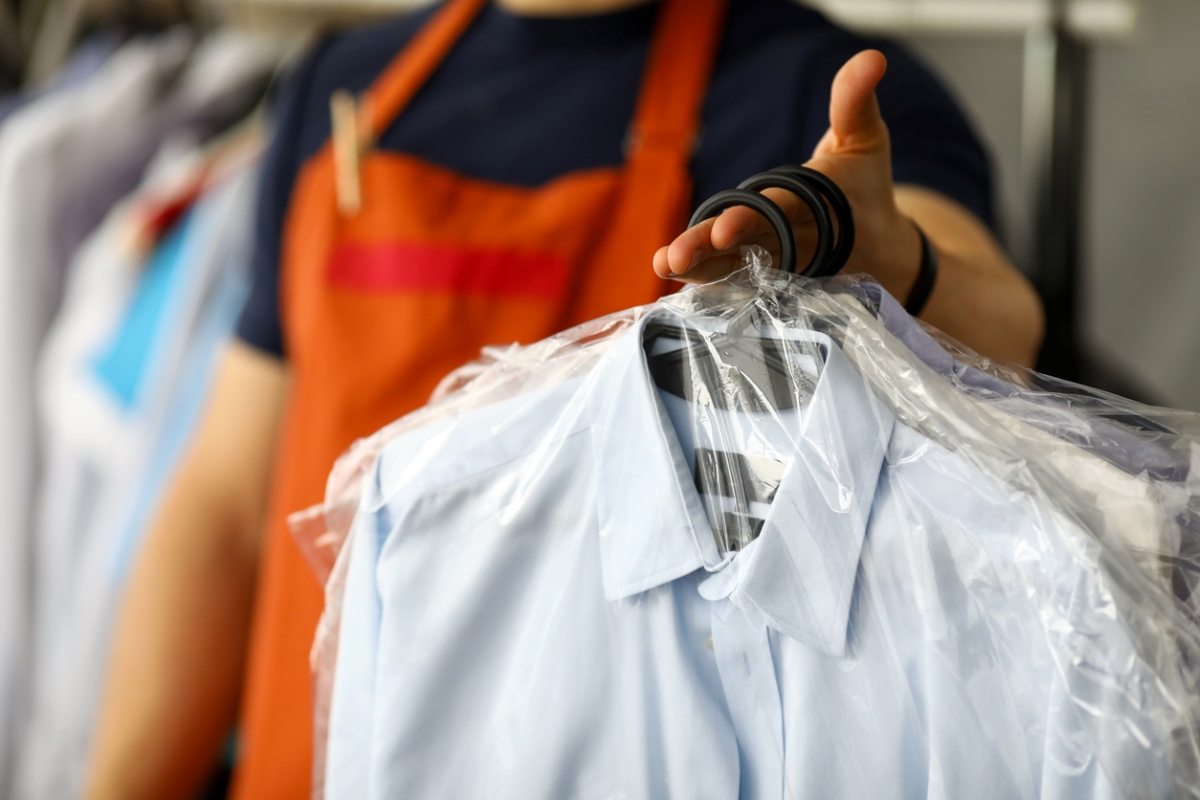
A thorough and professional dry cleaning can freshen your work clothes and keep them looking sharp, but when you bring those clothes home, you might also be carrying in volatile organic compounds, or VOCs. According to the EPA, some of the immediate health effects of VOC exposure are eye, nose, and throat irritation, headaches, and dizziness.
Solution: Since VOCs can be seriously harmful for your health, invest in clothing that is labeled as machine- or hand-washable. Check for green dry cleaners in your area to handle items you can’t wash at home. You can also shop for clothes that are made from natural and organic materials like organic cotton, hemp, and bamboo, rather than synthetic ones as they emit fewer VOCs.
RELATED: 10 Things You Might Not Realize Have VOCs
7. Lead in Kids’ Toys
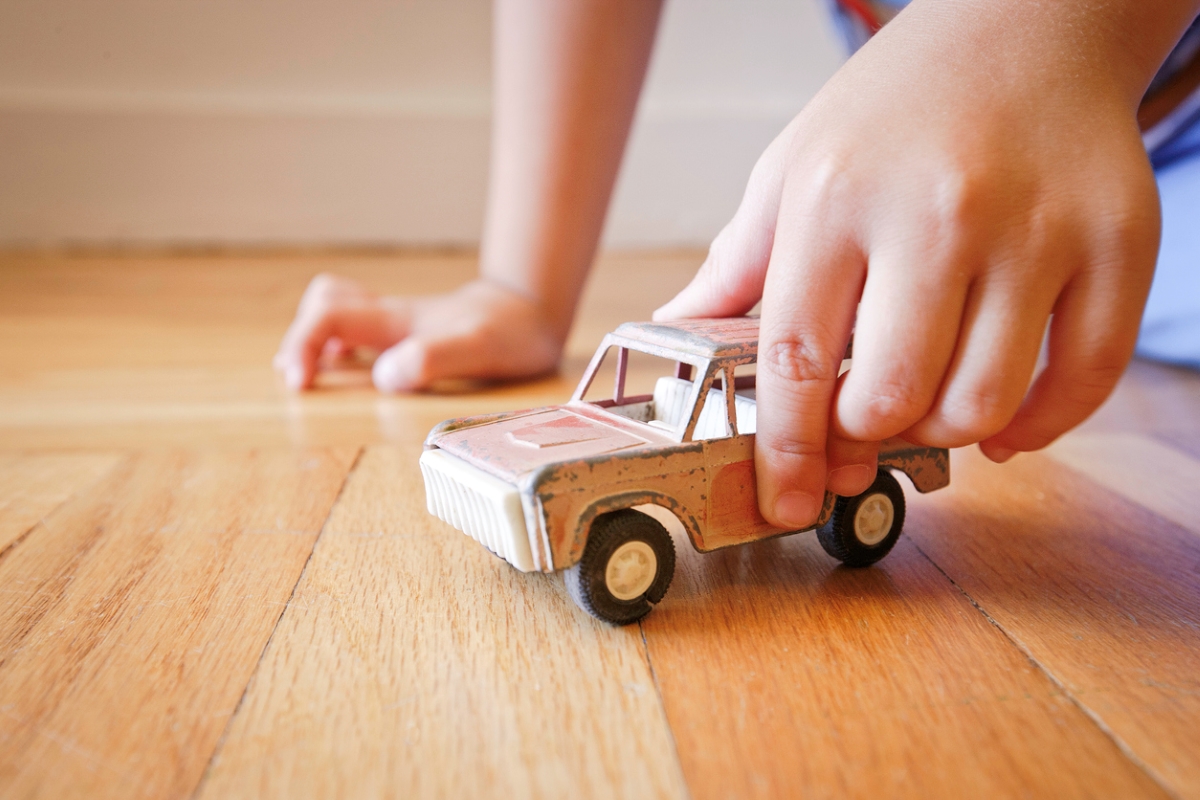
Although government agencies, public interest groups, and parent organizations work hard to make sure children’s toys are safe since worldwide recalls like a rash of toy recalls in 2007, there is still a risk that your little one could be playing with a toy that contains lead—especially plastic toys made in China. Playing with toys that contain lead puts children at risk of lead poisoning, which can cause developmental delays, weight loss, learning difficulties, nausea, and behavioral problems.
Solution: Opt for toys from reputable manufacturers who adhere to current safety standards and have labels such as “ASTM F963” or “CPSC Certified,” which indicate compliance with safety guidelines.
8. Perfluorinated Grease-Proofing Agents in Pet Food Bags
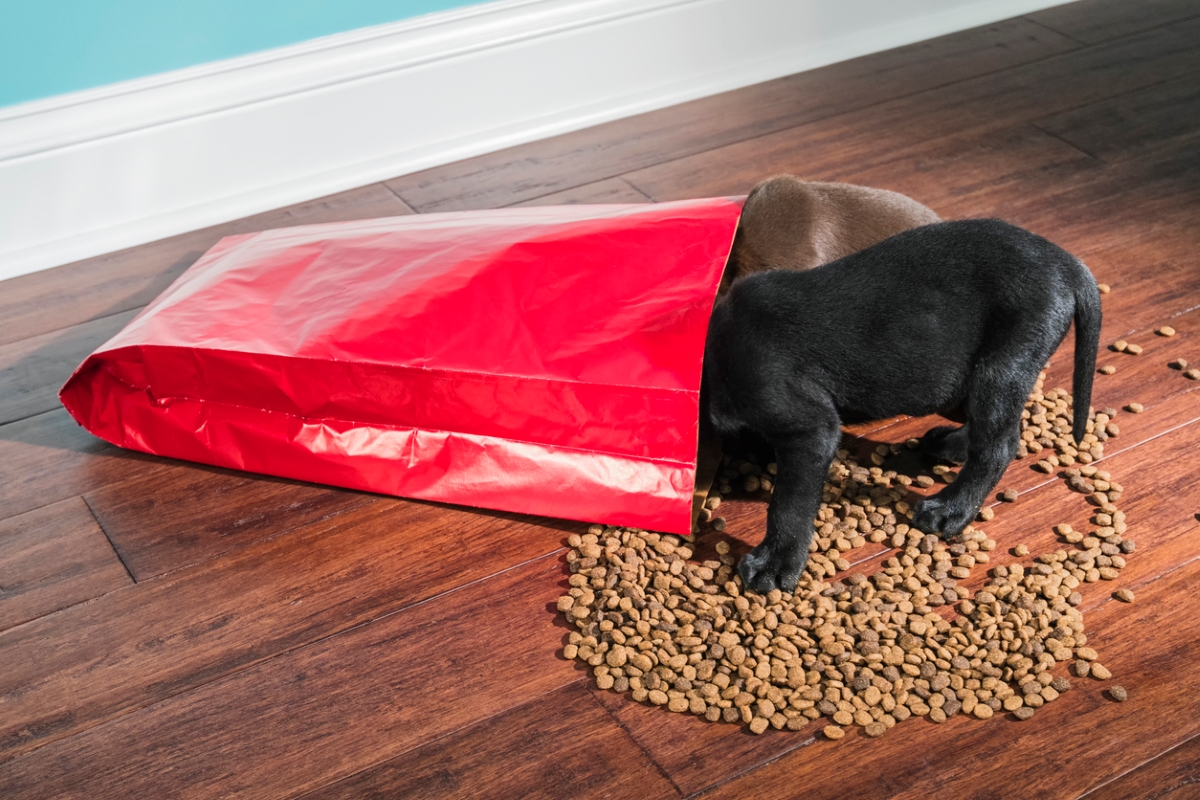
That big bag of Fido’s or Fluffy’s kibble may have much more in it than tasty treats. Some pet food bags, as well as some fast-food wrappers and microwave popcorn bags, contain forever chemicals known as perfluorinated grease-proofing agents, which prevent grease from leaking through packaging. Scientists are still studying these chemicals, but they have been shown to interfere with the body’s hormones, increase the risk of cancer, and affect the immune system.
Solution: Be vigilant about reading product labels, avoiding items that explicitly mention “perfluorinated chemicals [or] agents.” Pet food packaging producer Ahlstrom has been shown to meet the requirements for all existing and proposed state regulations in addition to being Biodegradable Products Institute (BPI) compostability certified and meeting BPI’s free-of-PFAS standards.
RELATED: 10 House Hacks Every Pet Owner Needs to Know
9. Polyvinyl Chloride in Shower Curtain Liners
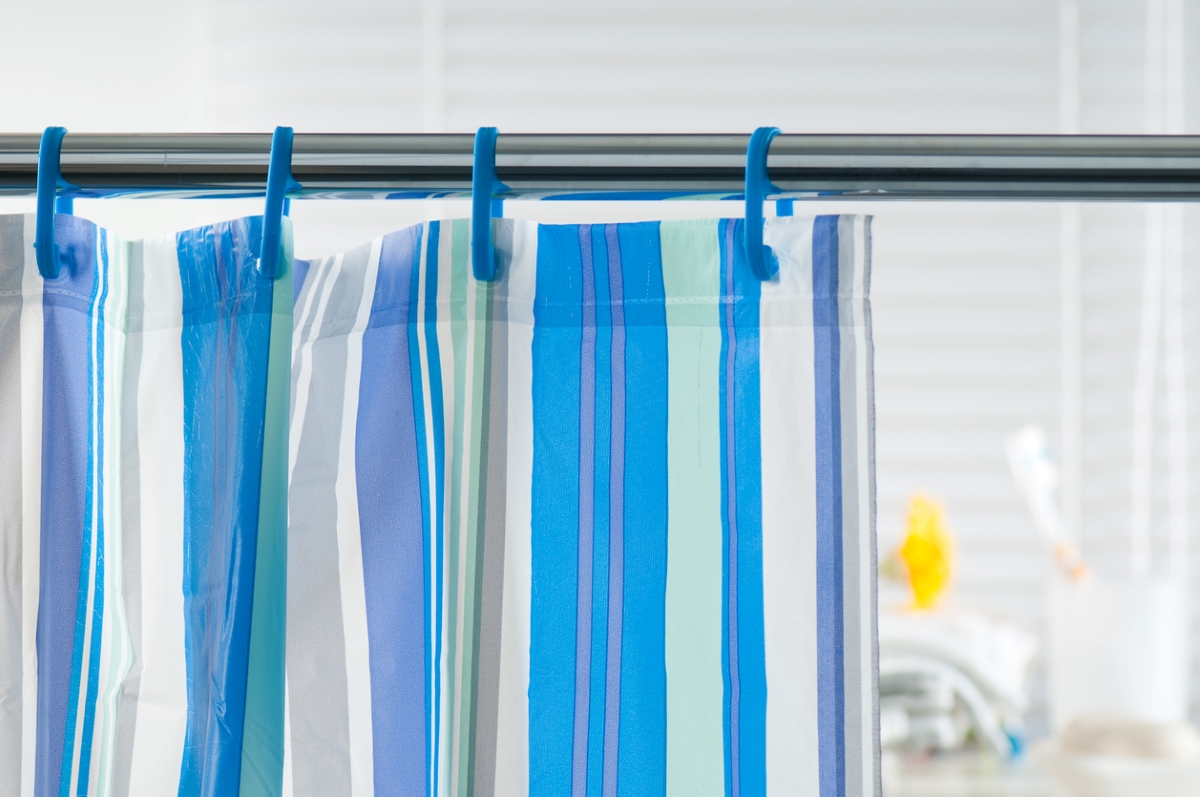
Your shower curtain liner helps keep water in the tub and off the floor, thereby preventing slips and falls in the bathroom. But that liner has a darker side: Many contain a chemical called polyvinyl chloride, which isn’t particularly hazardous in small amounts, but when highly concentrated can irritate the respiratory system and cause dizziness and drowsiness. The EPA has even labeled it a Group A human carcinogen.
Solution: Invest in shower curtain liners made from natural materials or polyesters like PEVA (polyethylene vinyl acetate) or EVA (ethylene vinyl acetate) which are less likely to emit carcinogenic toxins, though the jury is out on just how much safer they are. Or opt for liners made of tightly woven cottons or linens.
10. Bisphenol A (BPA) in Plastic Bottles
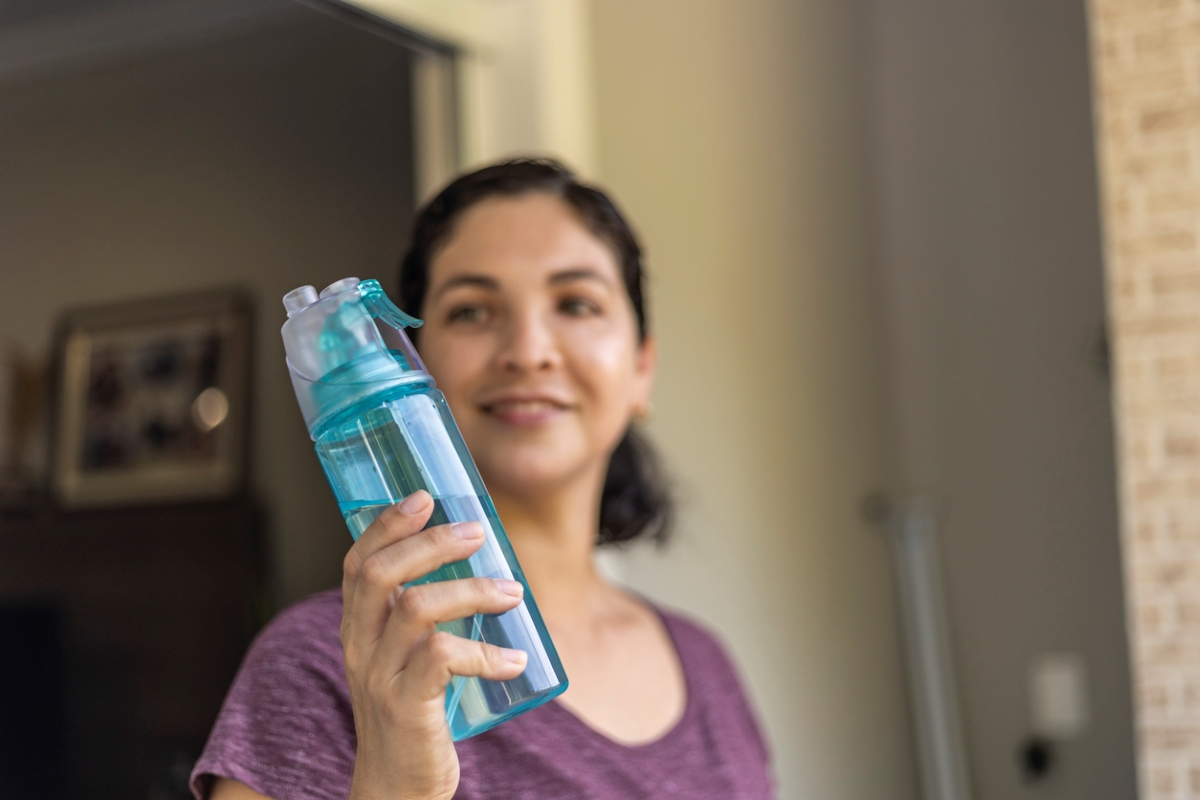
If you’ve shopped for a reusable water bottle within the last couple of years, you may have noticed more and more labels touting “BPA-free plastic”—which means that these bottles are produced without bisphenol A, a chemical that can potentially cause increased blood pressure in adults and may have effects on the brains of fetuses, infants, and children. Fortunately, BPA-free reusable bottles have rapidly become the norm.
Solution: Glass or stainless steel reusable bottles or containers labeled BPA-free can be a safer choice for drinking water or storing food and liquids.
RELATED: Buyer’s Guide: The Best Glass Water Bottles
11. Perfluorooctanoic Acid (PFOA) in Nonstick Cookware

Nonstick pans coated with Teflon make cooking and cleaning a hassle-free process, but beneath their slick surface lurks a potentially hazardous chemical—perfluorooctanoic acid (PFOA). When overheated, PFOA can release harmful fumes into the air or contaminate food directly, and exposure has shown possible links to some cancers, though more research needs to be completed.
Solution: Opt for cookware made from materials that don’t require these coatings, such as stainless steel, cast iron, and ceramic cookware.
RELATED: Buyer’s Guide: The Best Cast Iron Pans
12. Volatile Organic Compounds in Candles
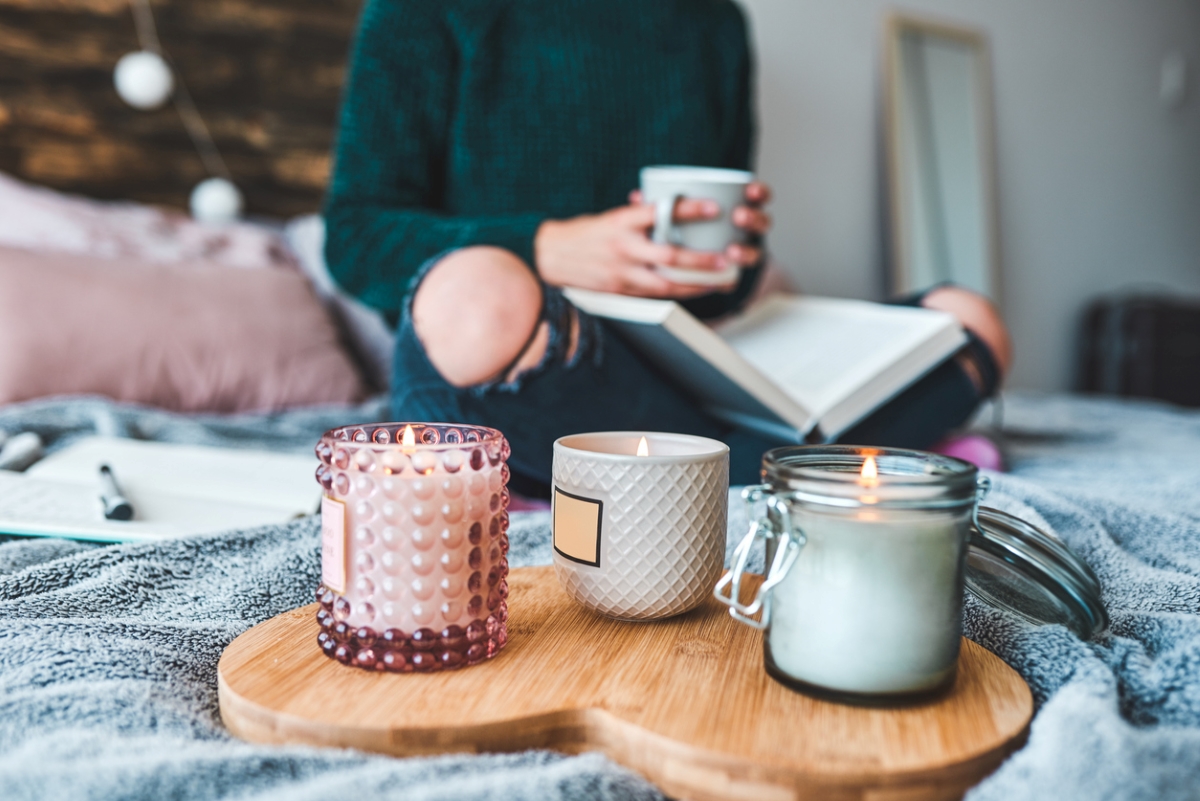
While lighting a candle can be a beloved and therapeutic addition to many homes, certain types of candle wax, particularly those made from paraffin wax, can emit VOCs like acetone and benzene when lit. It’s been shown that paraffin wax doesn’t pose a significant risk to human health, however, experts recommend investing in safer and more eco-friendly alternatives like soy or beeswax candles instead.
Solution: Shop for beeswax, or soy candles that are nontoxic, and burn cleaner and longer than those made from paraffin wax.
13. Leaching of Aluminum
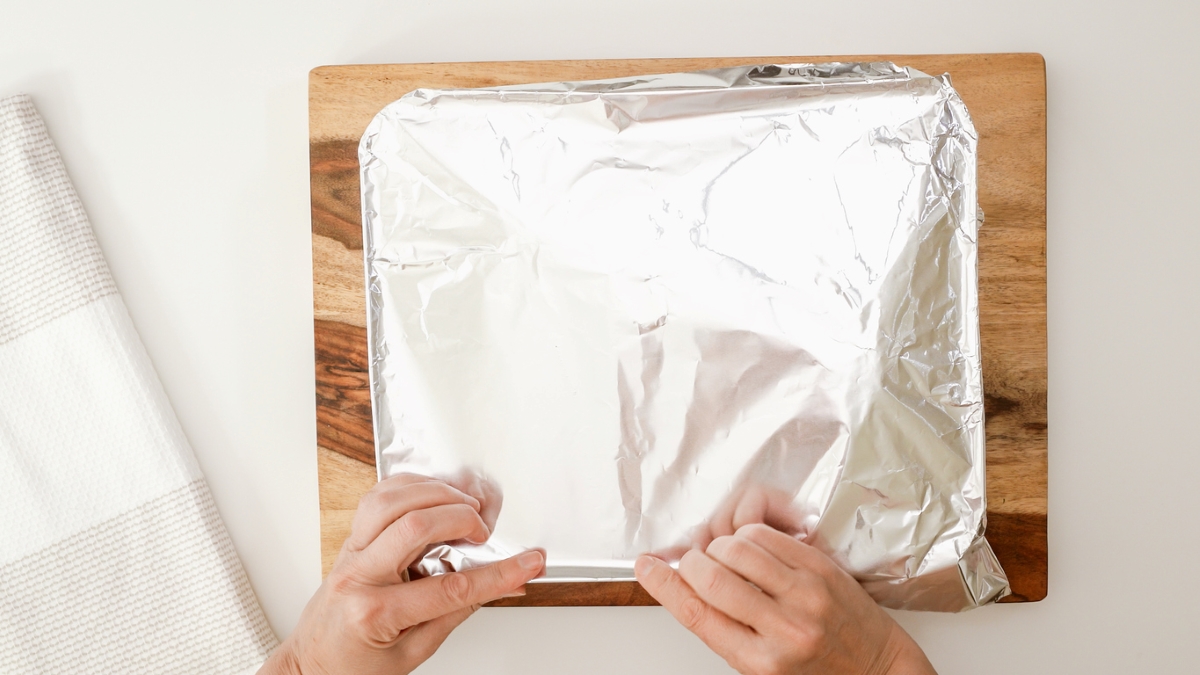
Aluminum foil is an easy way to store and prepare food. And while its reusability makes it an effective and greener option for cooking, it’s been shown that leaching can occur when cooking certain foods with aluminum foil. When aluminum leaches into your food, it gives off a metallic taste. Worse, excessive leaching of aluminum into food can carry certain significant health risks.
Solution: A safer alternative is to use parchment paper or silicone baking mats for cooking or wrapping food, since they are aluminum-free and will reduce the risk of aluminum leaching into fresh food.
RELATED: The 12 Best Reusable Products to Help You Reduce Waste at Home
14. Carcinogens on Dryer Sheets
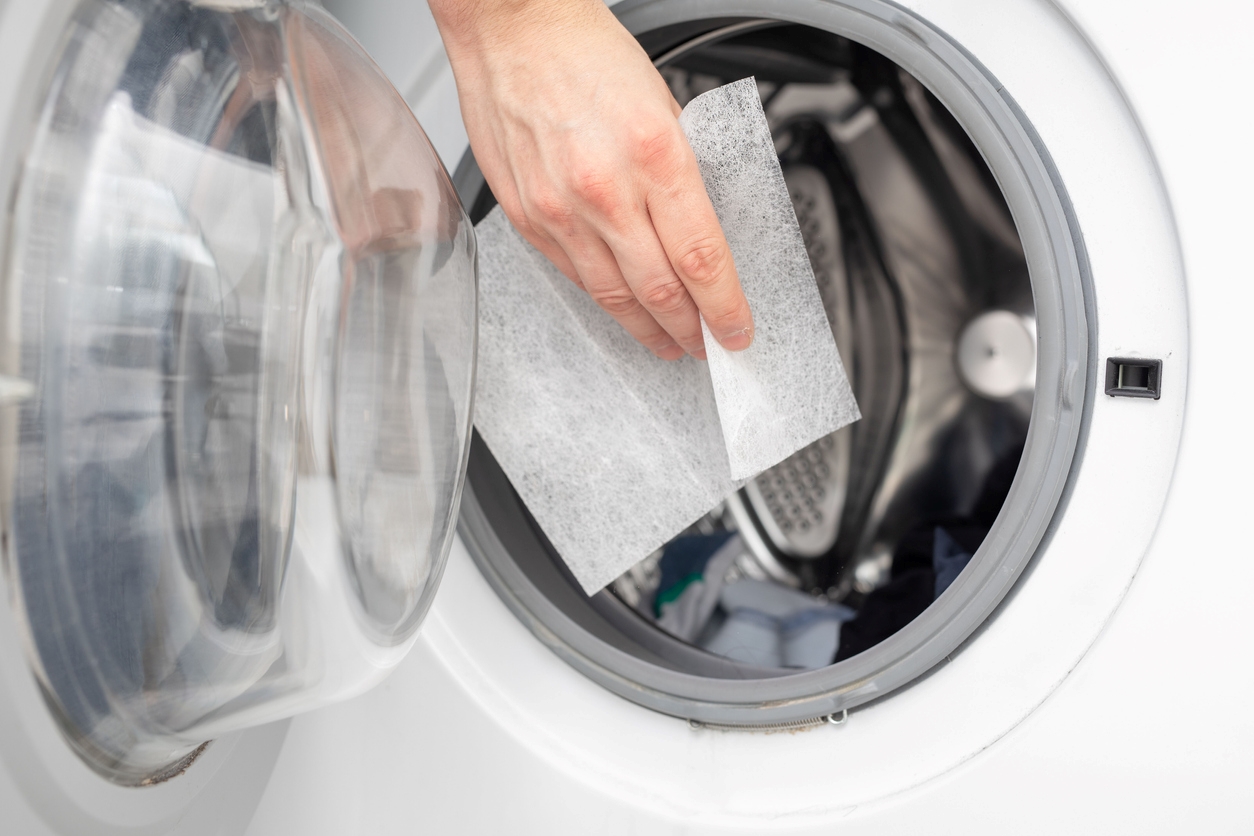
Dryer sheets are a common part of the clean clothes process and help keep clothes soft, static-free, and fragrant, but they can be packed with hazardous chemicals. When used, dryer sheets can release these toxic chemicals into the air, including a few that are classified as carcinogens such as acetaldehyde. Studies show that prolonged exposure to these carcinogens can lead to respiratory issues and skin irritation.
Solution: Replace dryer sheets with wool dryer balls or reusable dryer balls made of natural and nontoxic materials.
15. Polyurethane Foam in Mattresses
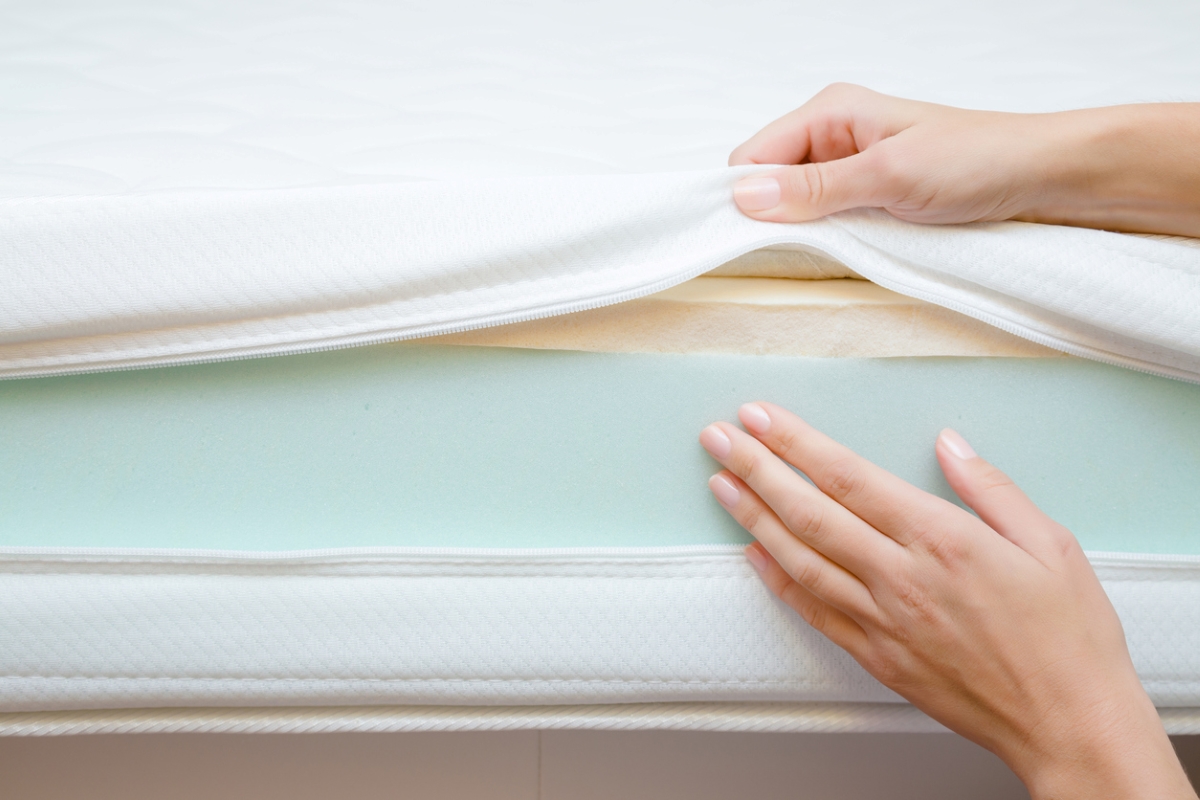
Many mattresses on the market are made with toxic chemicals like polyurethane foam that can release VOCs, pollute the air, and cause health issues like allergies and respiratory irritation. Additionally, these mattresses can contain flame retardant chemicals that have been linked to cancer, hormone disruption, and other damaging health issues.
Solution: To reduce this risk, consider investing in a nontoxic and eco-friendly mattress made from natural materials like wool or organic cotton.
